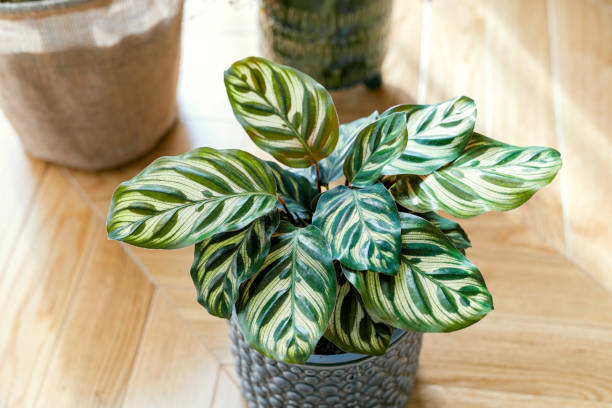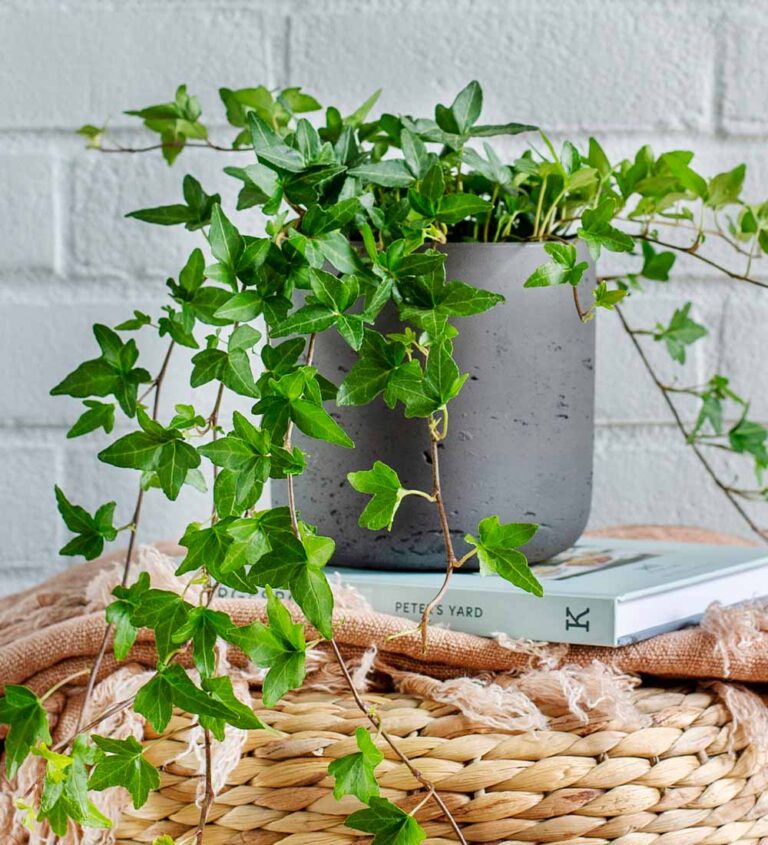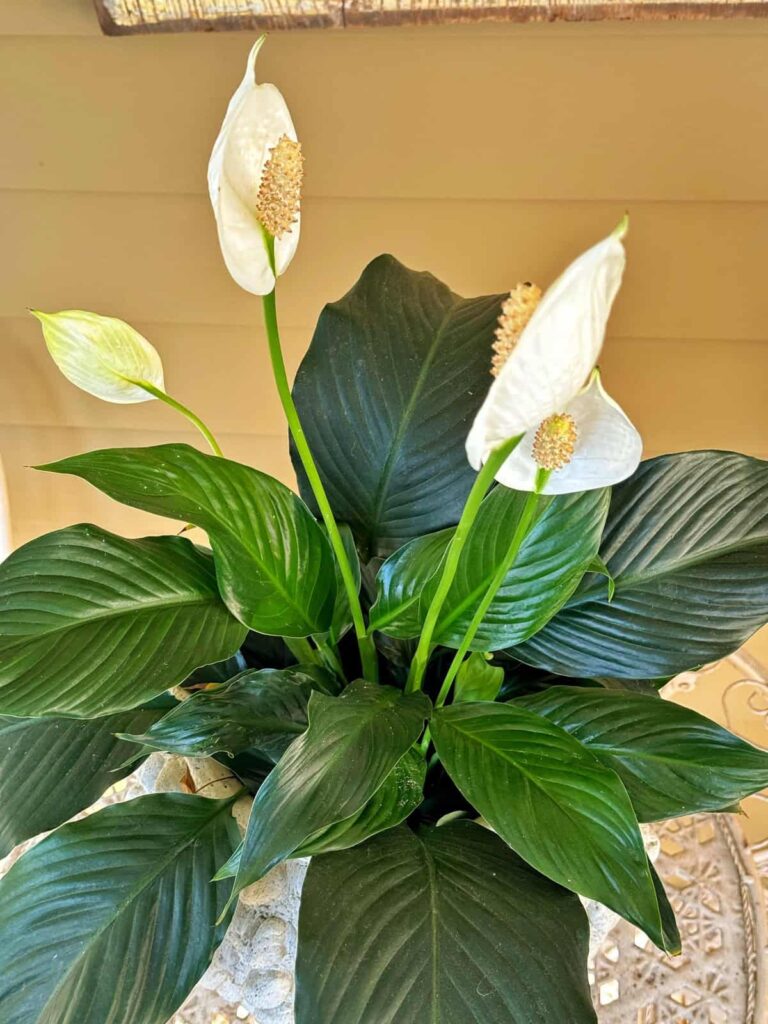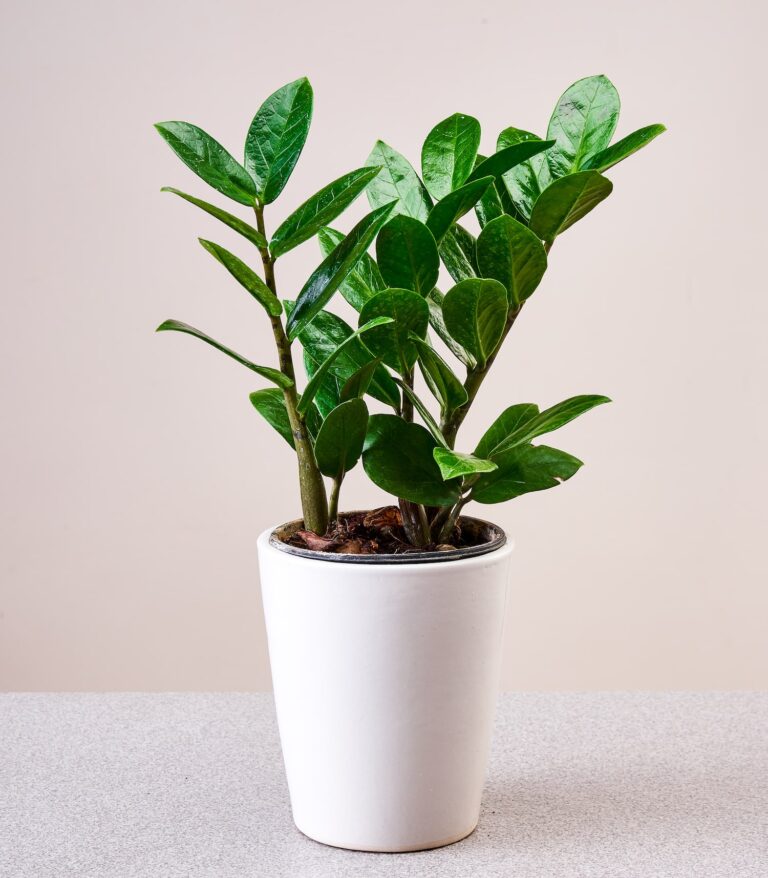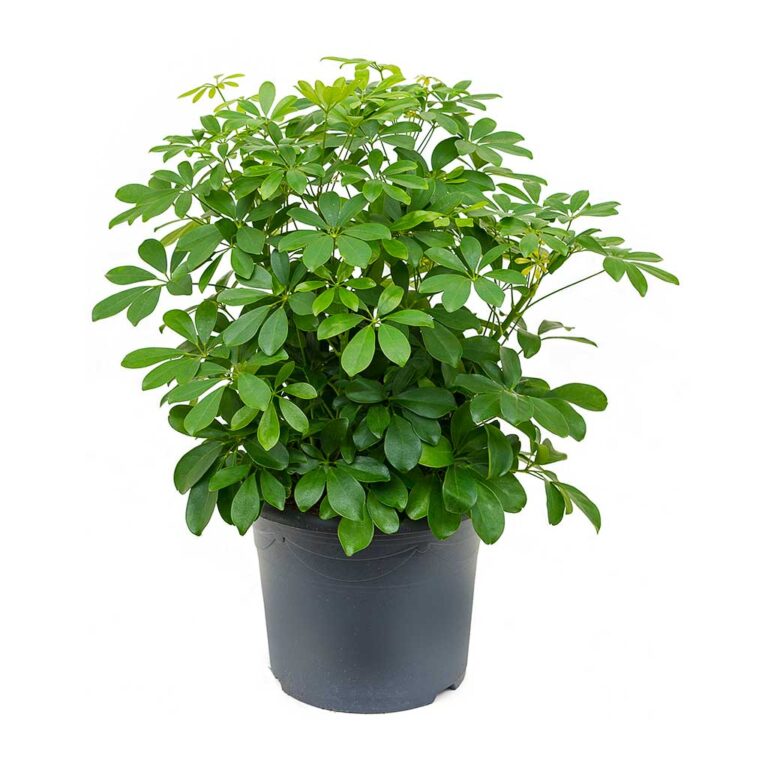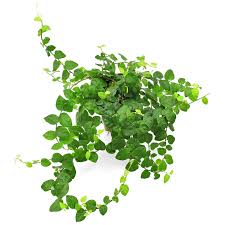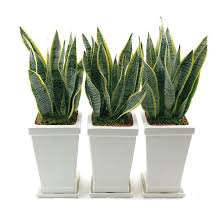Everything You Need to Know About Calathea: The Living Art Plant
Everything You Need to Know About Calathea: The Living Art Plant
Ever wondered how to add life, color, and elegance to your indoor garden? Meet the mesmerizing Calathea – a plant that actually moves with the light.
Hey there, fellow plant lover! I still remember the first time I saw a Calathea – its leaves gracefully folding up in the evening like it was getting ready for bed. Since then, I’ve fallen in love with its vibrant patterns and unique personality. In this blog, I want to take you on a journey into the world of Calathea, share my experience caring for it, and give you tips to help yours thrive too!
Table of Contents
What is Calathea? A Botanical Introduction
Calathea, often referred to as the “prayer plant” (although technically different), belongs to the Marantaceae family and hails from the tropical regions of South America. What makes Calathea so special is its ability to move its leaves throughout the day—a phenomenon known as nyctinasty. This movement allows the plant to respond to light changes, almost as if it’s alive and aware of its surroundings. Calatheas are cherished for their vibrant, painterly foliage featuring unique patterns and rich colors like deep greens, purples, and even pinks.
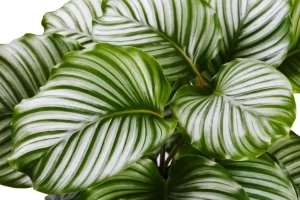
Popular Calathea Varieties and Their Features
| Variety | Leaf Pattern | Special Traits |
|---|---|---|
| Calathea Orbifolia | Broad leaves with silver stripes | Large, elegant foliage |
| Calathea Medallion | Dark green with purple undersides | Eye-catching medallion patterns |
| Calathea Lancifolia | Long, wavy leaves with spots | Nicknamed “Rattlesnake Plant” |
How to Care for Calathea Plants
Caring for Calathea can be a rewarding experience if you pay attention to its needs. Here’s a list of essentials to keep your plant happy and healthy:
- Place it in bright, indirect light—never direct sun.
- Keep the soil consistently moist, but not soggy.
- Use distilled or rainwater to avoid leaf tip burn.
- Maintain high humidity—above 50% is ideal.
- Keep the temperature between 65°F and 80°F.
Troubleshooting Common Calathea Problems
Calathea plants can be a bit finicky, and it’s not uncommon for even seasoned plant parents to encounter issues. If your Calathea has curling leaves, brown tips, or faded patterns, it might be signaling a problem. Curling leaves often mean the plant is too dry or exposed to drafts. Brown leaf edges can result from fluoride or chlorine in tap water. Fading colors might be due to too much sunlight or nutrient deficiencies. The key is observation and timely adjustments in care.
Why You Should Have Calathea in Your Home
Beyond aesthetics, Calathea offers several benefits that make it a great houseplant. From improving indoor air quality to boosting mood, it’s more than just a pretty face. Here’s how it helps:
| Benefit | Description |
|---|---|
| Air Purification | Helps filter toxins and improve indoor air quality. |
| Stress Reduction | Brings a sense of calm and beauty to your space. |
| Pet-Friendly | Non-toxic to cats and dogs, making it a safe choice for pet owners. |
Where to Buy Healthy Calathea Plants
Finding a healthy Calathea can make all the difference in your plant parenting journey. Here are some recommended places to start your search:
- Local nurseries and garden centers
- Online plant retailers with good reviews (e.g., The Sill, Bloomscape)
- Facebook Marketplace or plant swap groups
- Etsy shops specializing in houseplants
- Plant expos and botanical shows
Frequently Asked Questions About Calathea
Water when the top inch of soil feels dry. Frequency varies based on season and indoor humidity.
This usually results from fluoride or chlorine in tap water. Switch to distilled or rainwater.
Yes, Calathea is non-toxic to cats and dogs and considered pet-friendly.
It prefers bright, indirect light but can tolerate lower light conditions, although growth may slow.
Use a humidifier, group plants together, or place the pot on a tray filled with pebbles and water.
A well-draining mix with peat, perlite, and orchid bark works best to retain moisture without sogginess.
Having a Calathea at home truly adds a vibrant and calming touch to any space. If you’ve struggled with houseplants before, don’t be discouraged—this might be the perfect one to try again. I remember when I first started out, I worried about every curl and brown tip, but over time, I’ve come to appreciate the rhythm and needs of this gorgeous plant.

